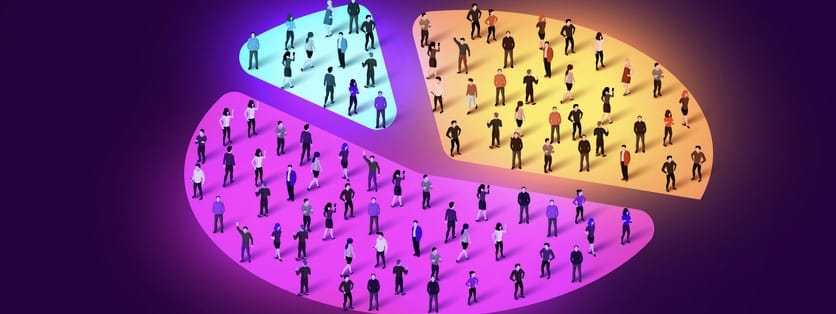If you’ve been spending time and effort on content marketing activities (e.g., email marketing, paid ads, blogs, etc.), and are now looking to make these activities more targeted, the next logical step for your marketing team is to invest in customer segmentation.
We realize that almost everyone talks about the importance of customer segmentation, but there’s still not enough information there as to why it’s important or what it can do for your business.
So, for this piece, we’re focusing on the importance of customer segmentation marketing, the ways you should segment your audience, and how you should begin making segments.
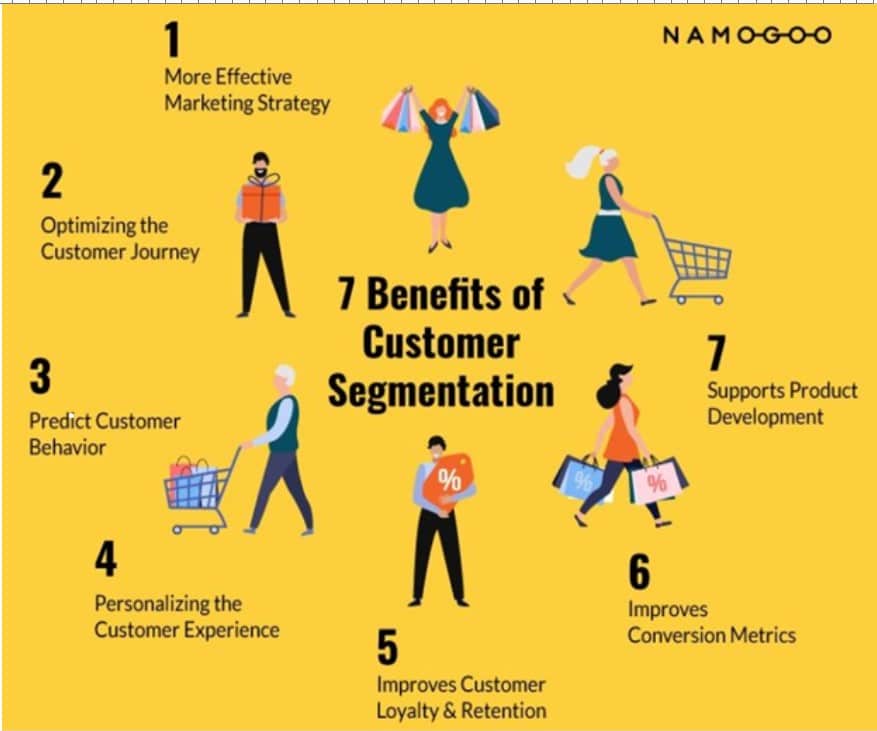
1. It can help you convert prospects
First things first—the most important reason people do customer segmentation campaigns is because it can help them convert prospects.
Imagine if you’re in the business of selling custom-made shampoo. Now, if you’re running paid ad campaigns, you’d ideally want to pitch your hair loss shampoo to one target audience and your baby shampoo to a different one, too, correct?
If you were to cluster your audience into one entire market and just tell them you’re someone who can create shampoos for them, the questions that’d pop up in their minds are:
- What makes you different from your competitors; and
- Do you have the products they’re looking for
But if you’re more targeted with your approach, it can help you answer these questions, and convert potential customers by addressing their pain points and doubts.
2. It forces you to think about your results
Segmented campaigns also force you to think about your results. For example, you might get answers to questions like:
- Which prospect type does it make the most sense to invest in?
- Which products receive the best response rate?
- Which type of message works for your customers?
- What do your prospects want to see (e.g., testimonials, values, product info, etc.) before converting?
- What are the purchase patterns or buying behavior of customers?
- Who are your most loyal customers?
- Which channels of communication do your customers prefer?
- What are their purchase drivers?
- What’s the type of content frequency they prefer?
Once you have answers to these questions, you can then make your campaigns even more personalized and customer-oriented. For example, if you realize which messaging works best for your customer base, you can create more of the same.
Or, if you realize which channels they prefer, you can invest more of your energy there. Doing so will also eliminate you from spending time, money, or resources on any strategy/channel that doesn’t work well for your business. Since time is money, it is always a good idea to use an online time clock to track the time you spend segmenting customers into targeted content marketing campaigns. In some time apps, you can set up job-specific time tracking to view how much time you put towards a specific task like customer segmentation. With this data, you can adjust your time accordingly to be a more efficient worker.
3. It helps your customers overcome objections
It’s normal to question the results or credibility of a product—we’ve all done it at one point or another. But, if your marketing campaigns are segmented, you can now focus on customer objections, thus making it easier for them to purchase from you.
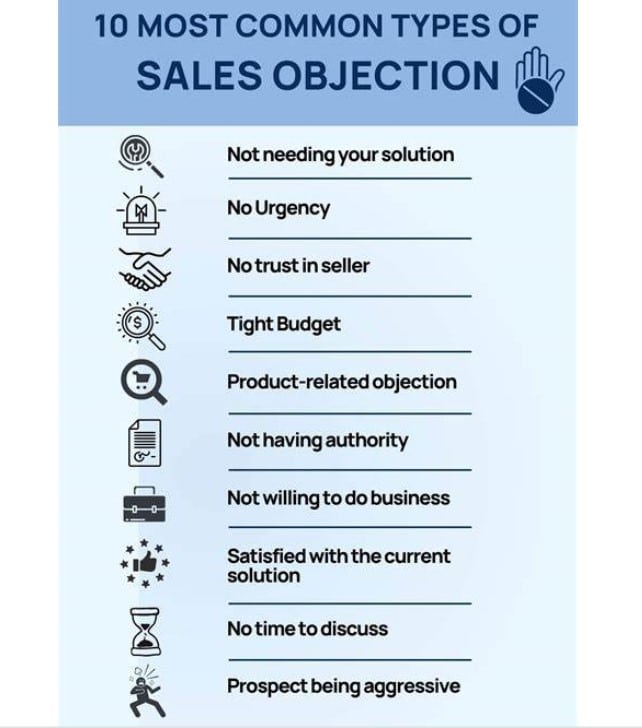
Keeping the same custom-made shampoo example in mind, let’s imagine you were previously sending all sorts of information about different hair problems and how to overcome them with your shampoo through your email marketing campaigns.
For a customer who’s only interested in the baby shampoo, hearing about anti-breakage shampoos, volumizing shampoos, or spironolactone for hair loss might not do the trick.
In fact, on the flip side of the coin, they might have some objections, such as:
- Is your shampoo safe?
- Have other parents trusted your brand?
- Does your shampoo have a negative impact on the environment?
If only you’d targeted them with baby shampoo-related information (how to use it, its benefits, ingredients you use, tips to keep in mind, customer testimonials, etc.)., they might not have the same objections. Or if they did, this information could help them overcome sales objections and convert them into customers.
4. It increases your credibility
As a content marketer, you might have an audience that belongs to different industries. However, you can’t regurgitate the same content for every industry (it won’t be relevant), and customers often prefer brands that speak to them in their own language.

For example, if you’re someone who’s writing about how to run PPC ads, you might benefit from writing about how to run PPC ads for different customer types and industries. While you can, technically, write one generic email on how to do it, it might not have lots of value for the end user.
But, if you were to create a segmented list and then alter some parts of your writing (e.g., how to create PPC ads for recruitment agencies, how to create PPC ads for travel agencies, etc.)., and then include specific pointers that’ll help them improve their results, you might be seen as someone who “knows their stuff” in their industry and can be trusted.
All of this will, in turn, help improve your credibility.
5. It improves customer experience
We all receive thousands of marketing emails per day, but if there’s one thing that’d make a customer stop and open your email, it is if you address them by their name, write relevant subject lines, make an interesting preview text, and make your emails highly valuable.
And if you consistently end up doing this, you might improve your customer experience, and your customers will look forward to opening your emails.
6. It helps you increase your ROI
If you were to segment your current customers correctly and then create targeted marketing campaigns that are relevant to the customer’s pain points, purchase drivers, purchase power, etc., there’s no doubt you’d be able to improve your ROI.
For example, when Yeespy started creating customer segments, they improved their conversion rate by 20 percent and their click-through rates by 30 percent.
Types of customer segmentation
You can segment your customers using different customer segmentation models.
For example, some of the popular segmentation methods are demographic segmentation, psychographic segmentation, behavioral segmentation, geographic segmentation, life cycle stage segmentation, and value-based segmentation.
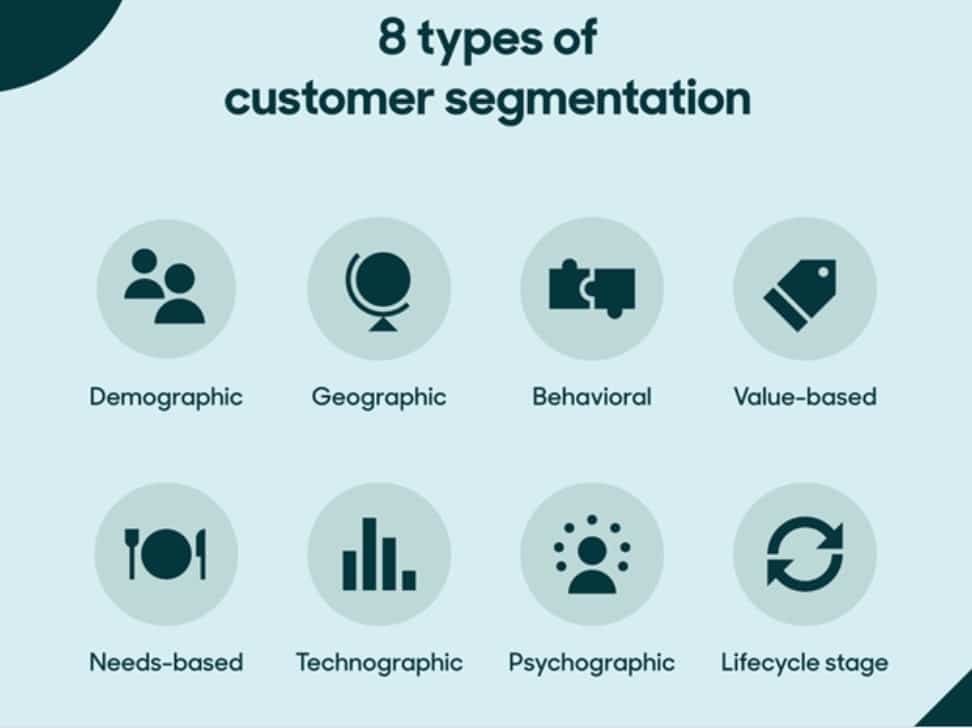
How to create customer segments?
Have you ever received an email from Amazon that’s hyper-personalized to your needs and wondered how they do that?
Well, larger brands use sophisticated software, but if you’re a small business or a one-person team, you can still segment customers using the following methodologies:
1. Using lead scoring models
Implementing lead scoring models is one of the best ways to identify which leads are red hot and which are not so (you can also use them to identify which customers are loyal and which are less so).
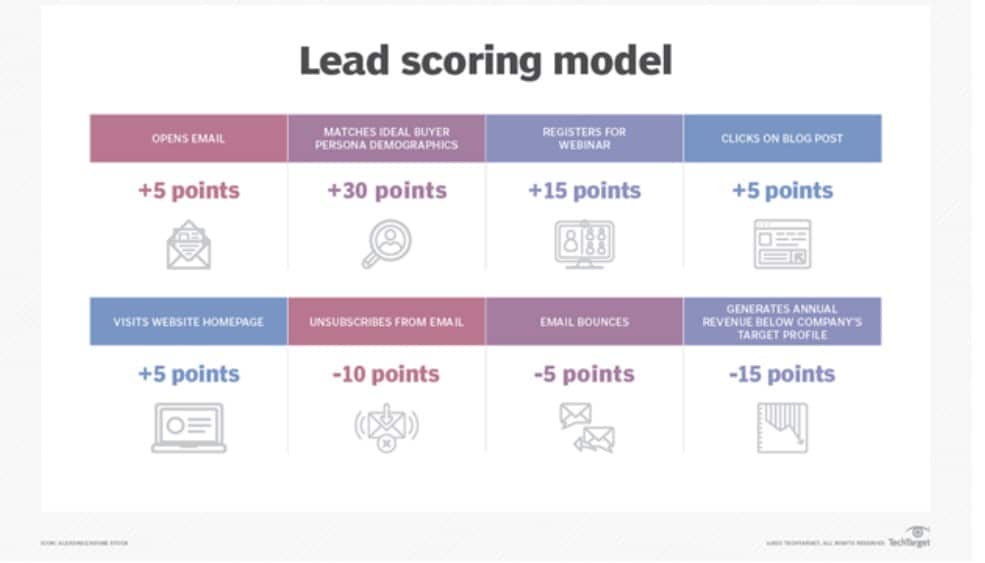
They’ll allow you to give points to your leads/customers based on how they interact with you, how many emails they open, how many times they watch your webinar, etc., and based on that information, you can nurture leads through your targeted email campaigns.
Learn more about how to segment with lead scoring models.
2. Using email marketing solutions
If you use an email marketing automation solution, you’ll often have access to detailed analytics that you can use for customer segmentation.
For instance, Mailchimp has a segmentation tool that you can use to send targeted messages to your prospects.
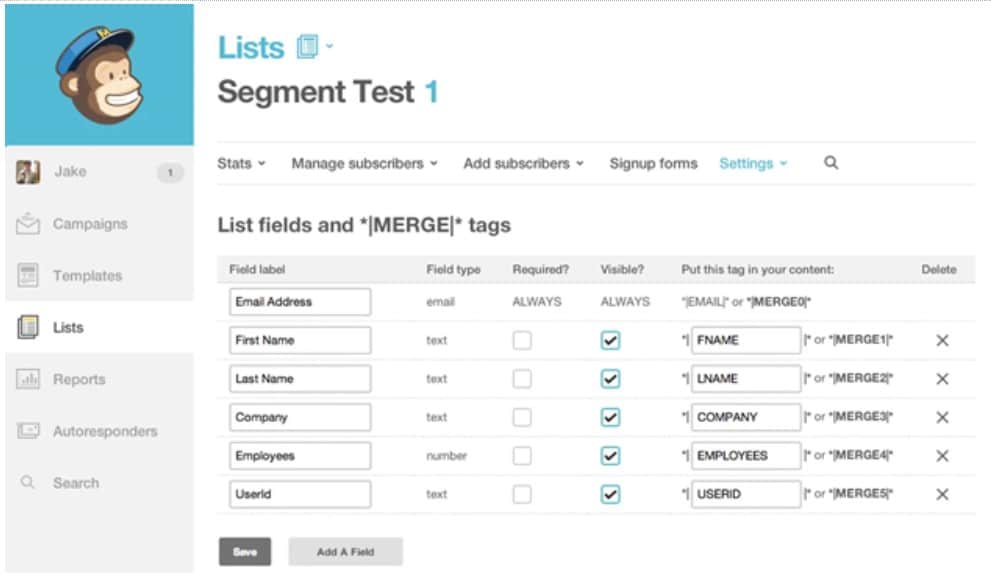
Other companies like ActiveCampaign, Omnisend, Sendinblue, and Klavyio also have this feature that you can use to your advantage.
But if you don’t have the time or patience to set up these campaigns, there is a full service email marketing agency that’ll do the heavy lifting for you. They can guarantee that your emails are personalized to individual tastes and behaviors by using modern analytics and automation techniques.
As a result, engaging such a firm not only enhances your content marketing efforts but also allows you to focus on your core company activities while the specialists manage your email marketing approach.
3. Using customer data platforms
Customer relationship management (CRM) platforms like HubSpot are excellent resources that you can use to segment your audience and send marketing content to them.
Or, if HubSpot’s not up your alley, you can consider alternatives like Salesforce and Zoho CRM, too.
But as useful as CRM platforms are, they have certain limitations. They can tell you what your customers have done but struggle to provide insights into what they might do in the future. This is where customer data platforms (CDP) come into play.
The unique selling point of CDPs is their ability to bring together data from both online and offline sources, from social media interactions to in-store purchases. This added detail provides you with a more comprehensive view of your customer’s behaviors.
And more importantly, it enables predictive analysis, which is key to anticipating customer behaviors and delivering timely and relevant content. For example, you could use a CDP to identify a segment of customers likely to churn and then target them with special offers to retain them.
Both CRM platforms and CDPs play pivotal roles in customer segmentation. While CRM platforms provide the foundational data for segmentation, CDPs enhance this process by offering a more comprehensive data set and predictive capabilities.
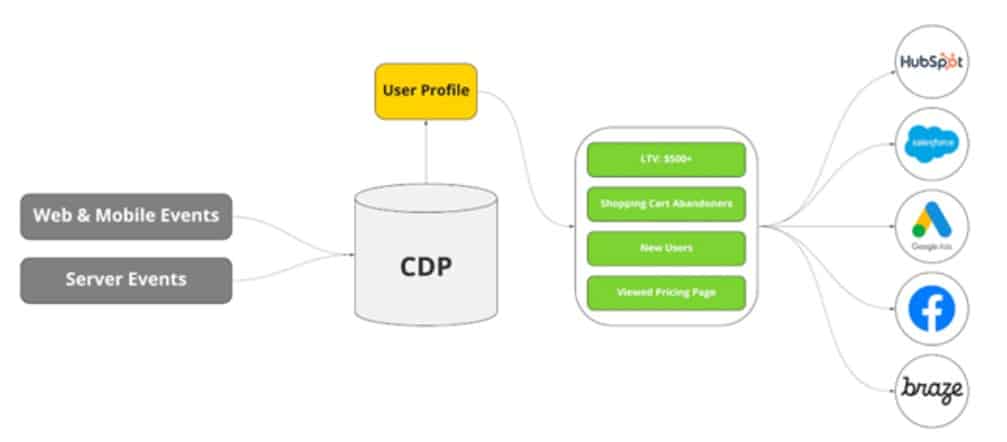
So, to create effective customer segments for targeted content marketing campaigns, consider using both of these platforms in conjunction.
4. Asking your customers
Imagine you’re creating a newsletter from scratch. Now, you may have audiences from multiple different industries signing up. In that case, you can just ask your customers to identify which industries they belong to and then send targeted emails based on those answers.
At least, that’s what Samar Owais did:
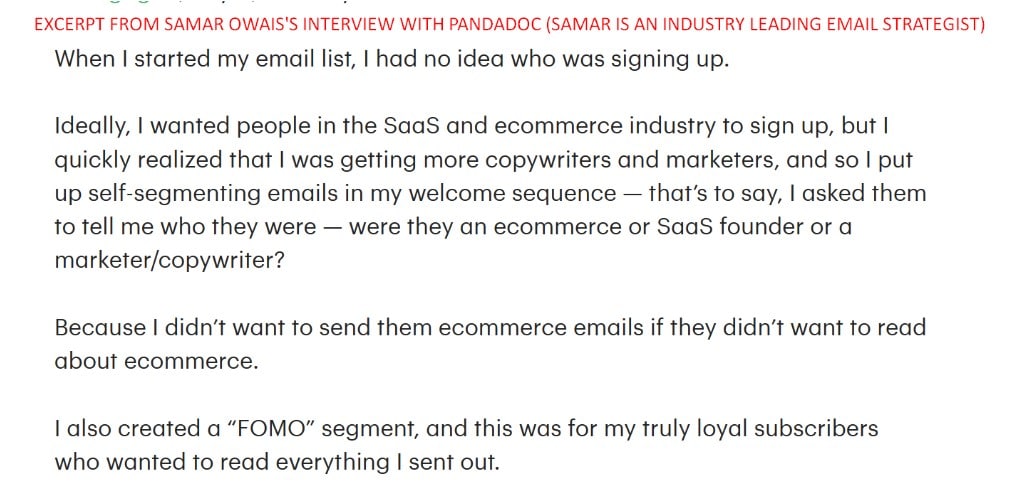
5. Doing it manually
If you have a small email list, you can do manual segmentation based on your customer’s purchase patterns, frequency of purchase, topics of interest, the industry they belong to, etc.
Creating customer segments will help you scale
Think of all the emails you receive from growing or established brand reputation. Chances are, most of them are targeted toward you and your preferences. And this is mainly because these brands understand the importance of creating customer segments as a marketing strategy.
After all, only when you can talk to your ideal customers so that it speaks directly to their pain points, provides them with value, and positions your product as something they need in their lives can you then improve your ROI.
So, bottom line: creating customer segments will help improve your ROI and allow you to scale, so it might be a strategy worth investing in.

